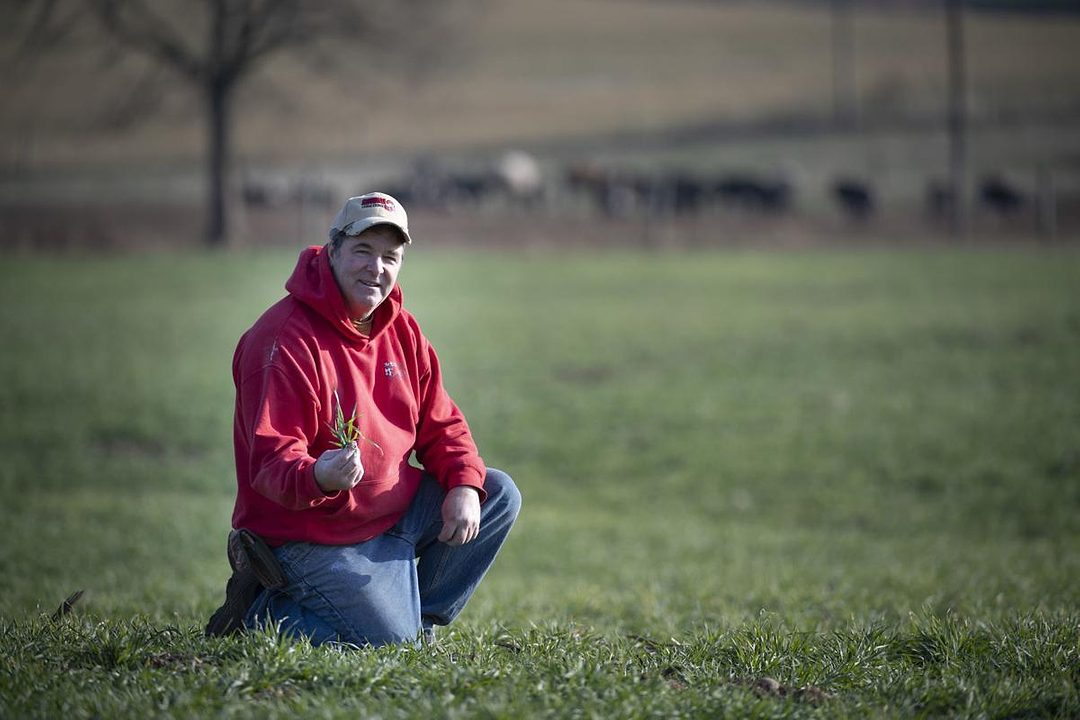For many traditional row crop farmers, winter is the new summer.
“It’s kind of their downtime,” Colby Ferguson, government relations director at the Maryland Farm Bureau said.
Row crops include corn, wheat, and soybeans. In the winter, row crop farmers often have cover crops which require no maintenance.
Chuck Fry, a local dairy farmer, said cover crops are like a “nice warm blanket on Mother Earth.”
Fry’s current cover crops, planted in October and November, include wheat, barley and oats.
Cover crops protect soil from wind and water erosion. They can also help recycle unused plant nutrients left over in the soil. Farmers can use crops such as wheat, barley, rye, oats, forage radishes, crimson clover and hairy vetch as cover crops.
Sam Roop, a local farmer and president of the Frederick County Farm Bureau, currently has wheat planted in his corn and soybean fields.
In his pumpkin patch, Roop has a three-part mix of crimson clover, oats and rye.
This year, Roop said a helicopter was used to aerial seed the cover crop while the soybeans and corn were still standing.
“That actually gets a jump on it,” he said.
Roop’s cover crops were in around the end of September.
The Maryland Department of Agriculture offers incentives to plant cover crops because they can contribute to the health of the Chesapeake Bay.
“We’re doing everything Maryland farmers can do to clean the bay and keep it clean,” Roop said. “That’s the whole idea behind this.”
Ferguson said farmers who are growing wheat and barley for a winter cash crop might be working later into the winter and early spring. They need to maintain their crops, while keeping an eye out for complications, such as fungus or lack of fertilizer.
For others, such as those with plant nurseries, winter is all about keeping plants warm.
“Their challenge is that those plants are alive year-round, and if they’re not in the ground then they’re in pots and they’ve got to have them in a place where they can still get them sunlight but keep them warm,” Ferguson said.
Propane can be used to heat greenhouses where plants are kept.
When cover crops are no longer necessary, there are a number of ways to use them.
“In Frederick County, we’re probably more diversified in the use of our cover crops than a lot of other counties, particularly who don’t have livestock,” Ferguson said.
He said dairy farmers can cut down cover crops and use them for feed.
Many grain farmers will spray the cover crop with a herbicide to kill it. It can stay in the field, and crops can be planted through it.
This can help the soil hold water and keep the soil from washing away.
“It’s almost like your own mulch,” he said.





Post a comment
Report Abusive Comment